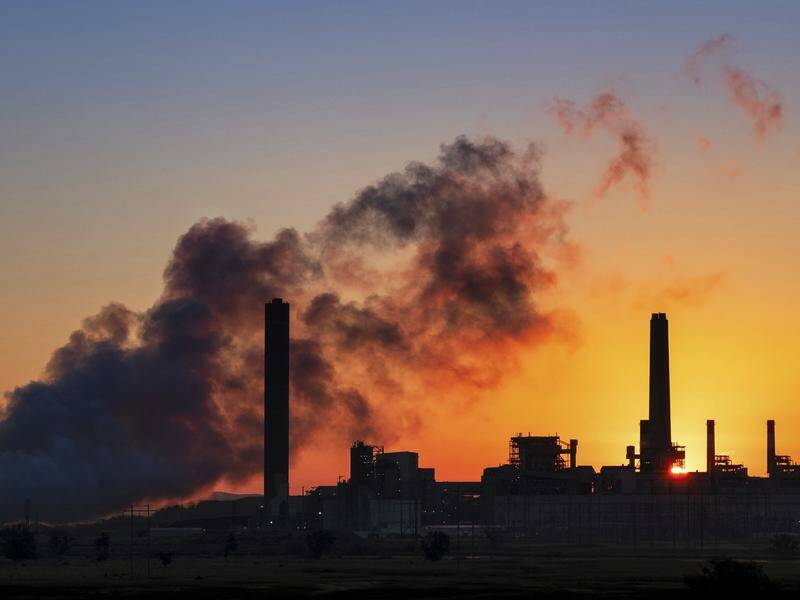
Only seven countries met the World Health Organization’s air quality standards in 2024, according to data from Swiss monitoring firm IQAir. Chad and Bangladesh were the most polluted, with smog levels exceeding WHO limits by more than 15 times. Australia, New Zealand, and a few Caribbean and European nations were the only ones to meet the guidelines. However, data gaps, especially in Asia and Africa, make it hard to get a complete picture of global air pollution.
The situation worsened after the U.S. shut down its global air quality monitoring program due to budget constraints. For over 17 years, U.S. embassies provided crucial pollution data, especially for developing countries. With the program’s closure, at least 34 nations will lose access to reliable real-time air quality data. Experts warn this could severely impact Africa, where alternative monitoring sources are scarce.
Chad, which was previously left off IQAir’s 2023 list due to data issues, returned as the most polluted country in 2024. Its PM2.5 levels averaged 91.8 micrograms per cubic meter, far above the WHO’s safe limit of 5. India ranked fifth, though its pollution levels dropped by 7% from the previous year. However, the country still had 12 of the world’s 20 most polluted cities, with Byrnihat recording the worst air quality.
Climate change is making pollution worse by fueling larger and longer-lasting wildfires. Experts say losing the U.S. air monitoring program is a major setback for global pollution control. The program not only provided vital data but also helped improve air quality in many cities. Without it, efforts to fight air pollution will become even more challenging.